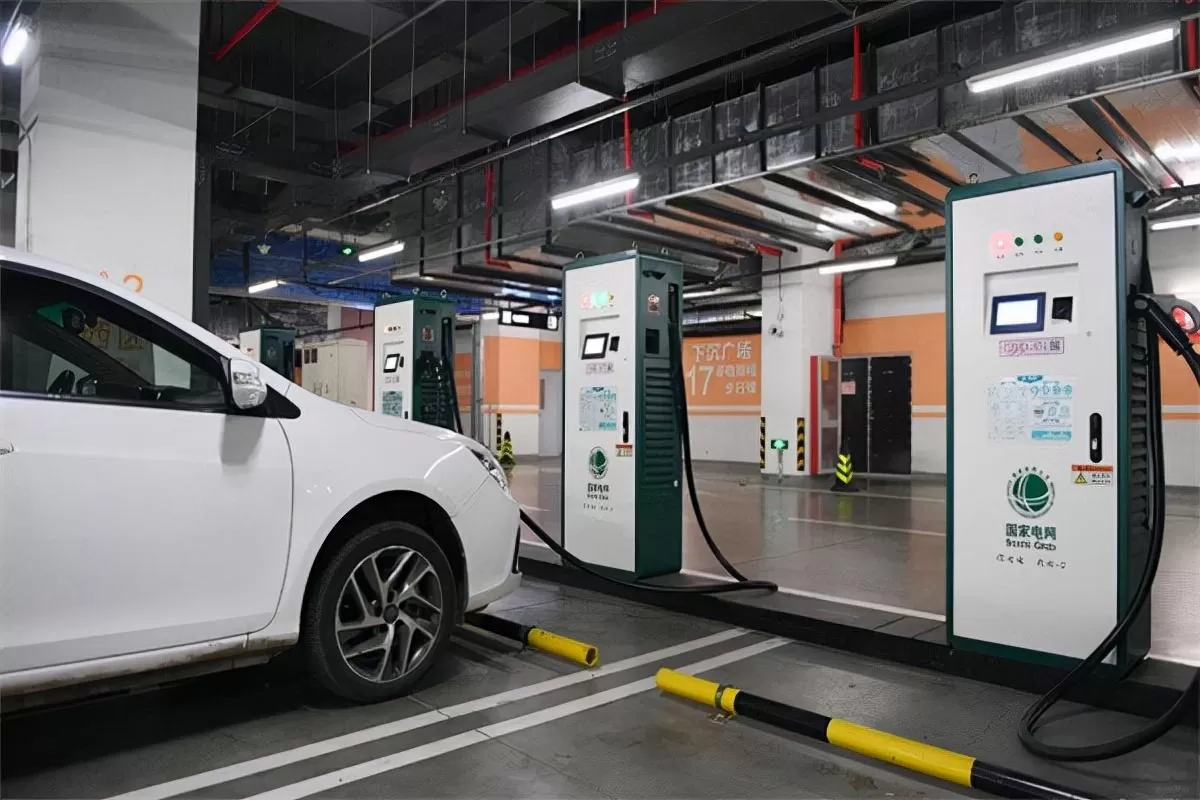Nowadays, the roads are not only filled with fuel-powered cars but also many new energy vehicles (NEVs) have entered countless households. As we all know, NEVs primarily use electricity to operate; they do not require refueling, only recharging. There are several charging methods for new energy electric vehicles, namely slow charging, fast charging, battery swapping, wireless charging, and mobile charging. Do you know the advantages and disadvantages of these charging methods? Today, let's take a closer look.

Table of Contents
1. Slow Charging
Slow charging, also known as regular charging or onboard charging, uses portable charging equipment carried with the vehicle and can utilize household power sources and charging stations. This type of slow charging has a smaller current, generally around 6A to 32A, and the current can be direct two-phase AC or three-phase AC. Depending on the current and the battery size, it usually takes 5 to 8 hours to fully charge a new energy vehicle.
The drawback of regular charging is quite obvious: it takes a long time to charge. However, it does not have high cost requirements, as household chargers have lower installation costs. More importantly, slow charging can deeply charge the battery, recycle it, and extend its lifespan.
2. Fast Charging
Fast charging, also known as ground charging, uses high-intensity current through an onboard charger to charge the battery directly. The battery can be charged to about 80% in a short time, which is why it is often referred to as emergency charging. The voltage in this charging mode is generally between 150V and 400V, with high power.
The advantage of fast charging is its high efficiency and short charging time. However, fast charging demands high voltage and power from the car and may cause the battery temperature to rise quickly, potentially negatively affecting the battery.
3. Battery Swapping
Battery swapping involves replacing the vehicle's battery instead of charging it directly. When the power of the battery is nearly depleted, it is swapped with a fully charged battery pack. The removed battery is then sent to a station for slow charging and replenishment.
4. Wireless Charging
Wireless charging means charging the electric vehicle without the use of wires or cables, directly connecting to a ground-based wireless charging source panel, automatically integrating into the power grid for charging. It is convenient and safe to use and can effectively increase battery capacity. However, the current technology for wireless charging is not yet fully developed and cannot be widely used on a large scale.
5. Mobile Charging
For vehicle range extension, the ideal state is to enable mobile charging during cruising. With this charging method, electric vehicles do not need to find a charging station or spend time building charging piles.
Due to the current state of modern technology, each mode has its clear advantages and disadvantages. Regardless of the charging method, the goal is to allow the vehicle to travel more miles.






